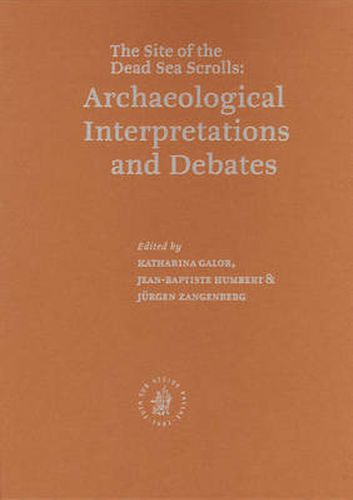Readings Newsletter
Become a Readings Member to make your shopping experience even easier.
Sign in or sign up for free!
You’re not far away from qualifying for FREE standard shipping within Australia
You’ve qualified for FREE standard shipping within Australia
The cart is loading…






Today, archaeology plays an ever growing role in Qumran studies. Fifteen papers presented in 2002 at Brown University provide the necessary data to break new ground in the recent debate about the character of Qumran. Section I discusses material from old and new excavations that help assess the validity of the traditional Qumran-Essene hypothesis. Part II discusses various aspects of the main settlement such as division of space, the character of period III, the date of the cave scroll deposits and the use of food. Part III deals with the Qumran cemetery and a similar graveyard at Khirbet Qazone. Part IV places Qumran into a wider regional context, concentrating on local agriculture and ceramic production. The articles strongly call for a new awareness for archaeological detail and, in their various ways, instigate a renewed debate about how to bring texts and material culture into a meaningful dialogue.
$9.00 standard shipping within Australia
FREE standard shipping within Australia for orders over $100.00
Express & International shipping calculated at checkout
Today, archaeology plays an ever growing role in Qumran studies. Fifteen papers presented in 2002 at Brown University provide the necessary data to break new ground in the recent debate about the character of Qumran. Section I discusses material from old and new excavations that help assess the validity of the traditional Qumran-Essene hypothesis. Part II discusses various aspects of the main settlement such as division of space, the character of period III, the date of the cave scroll deposits and the use of food. Part III deals with the Qumran cemetery and a similar graveyard at Khirbet Qazone. Part IV places Qumran into a wider regional context, concentrating on local agriculture and ceramic production. The articles strongly call for a new awareness for archaeological detail and, in their various ways, instigate a renewed debate about how to bring texts and material culture into a meaningful dialogue.